Capturing The Moment review: a painting and photography journey
Tate Modern’s new exhibition is an ambitious attempt to explore the relationship between the visual art mediums
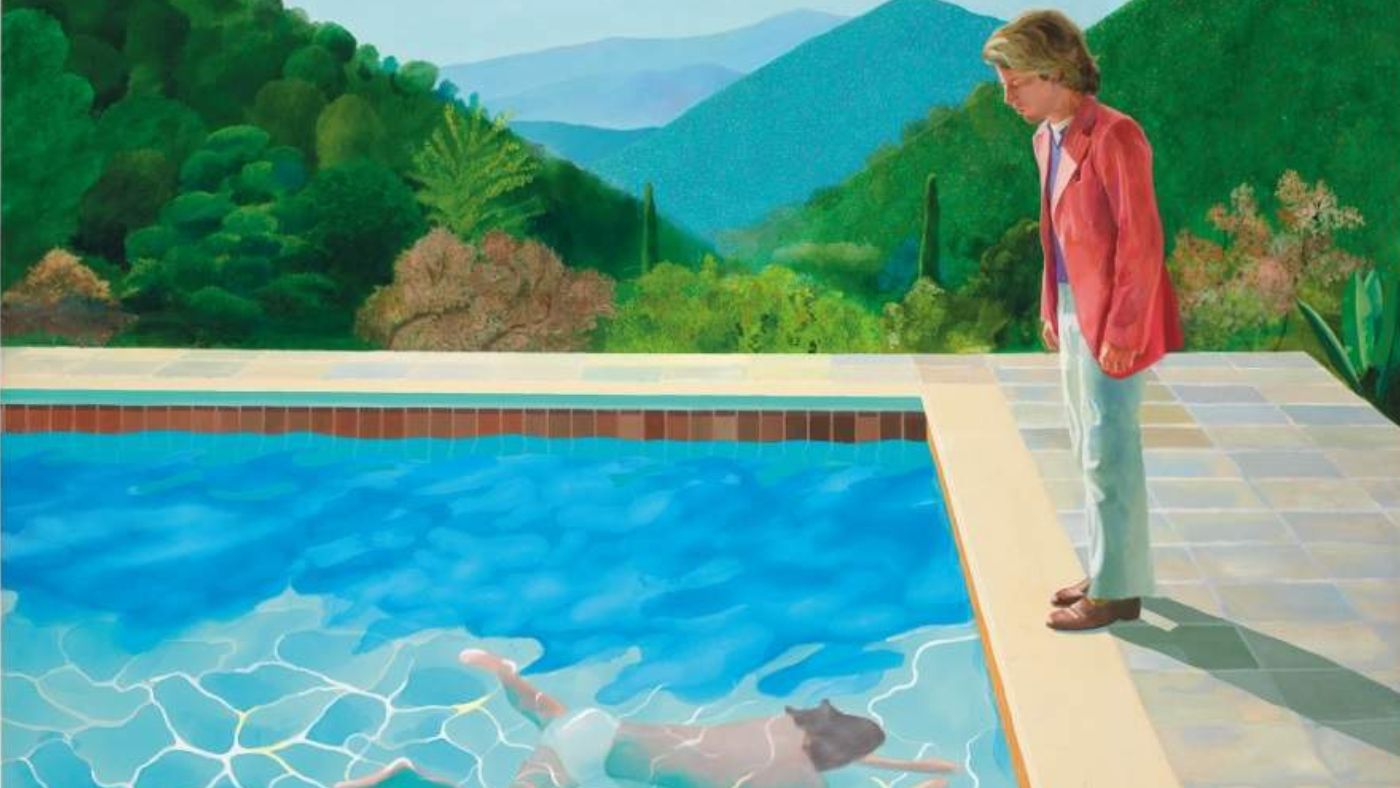
There is “a lot going on” in Tate Modern’s new exhibition, said Laura Freeman in The Times. Subtitled “A journey through painting and photography”, the show is a huge and ambitious attempt to explore the relationship between painting and photography from the early 20th century to the present day, examining how a diverse range of artists have sought to capture “a fleeting moment with the click of a shutter or the flick of a brush”. It features “painting from photographs and photographs of paintings, photographs collaged on to paintings and photographs that are as staged as paintings”. Yet while it poses some “interesting questions” and includes a number of “fabulous pictures” by the likes of Lucian Freud, Andy Warhol and Gerhard Richter, it also features a lot of “second-rate” works and offers scant analysis. Ultimately, “it’s diffuse, it’s difficult and it doesn’t really hang together”.
The focus of the show is certainly “blurry”, said Ben Luke in the Evening Standard. This can perhaps be explained by the fact that it consists entirely of works from a private collection founded by a Taiwanese electronics billionaire mixed in with selections from the Tate’s own holdings. Nevertheless, it compensates with some “stonkingly great” pictures. One room pairs “Migrant Mother”, Dorothea Lange’s “defining” 1936 photograph of Depression-era poverty, with a “devastating” Picasso portrait painted the following year in response to the Spanish Civil War. In another, we see what is arguably David Hockney’s “best painting”: “Portrait of an Artist (Pool with Two Figures)”, a work inspired by two unrelated photographs Hockney found on his studio floor. The juxtaposition of images prompted the artist to create this ingenious work depicting his lover, Peter Schlesinger, staring down at a bather in a swimming pool full of “stylised ripples” against a background of “verdant” hills.
In the first few rooms, it is just about possible to follow the curators’ intent, said Francesca Peacock in The Daily Telegraph. As photography became “commonplace”, painters made aesthetic shifts: in place of creating the kind of “lifelike portraits” that could now be captured by photographers, artists such as Picasso and Francis Bacon adopted other “visual languages” to reinvigorate their medium. Later, artists would play with and manipulate photographs. Paula Rego’s “War” (2003), for example, takes an image of the Iraq conflict and gives the figures in it “rabbit heads”. Or there’s Jeff Wall’s “painstakingly staged” 1993 picture “A Sudden Gust of Wind”, a modern recreation of a Hokusai woodcut. It’s a work no more “true” than “a portrait painted over months of sittings”. But thereafter the show becomes directionless and baggy. You can’t help feeling that “there is the shadow of a brilliant exhibition here” that the Tate has “failed to capture”.
Subscribe to The Week
Escape your echo chamber. Get the facts behind the news, plus analysis from multiple perspectives.

Sign up for The Week's Free Newsletters
From our morning news briefing to a weekly Good News Newsletter, get the best of The Week delivered directly to your inbox.
From our morning news briefing to a weekly Good News Newsletter, get the best of The Week delivered directly to your inbox.
Tate Modern, London SE1 (020-7887 8888, tate.org.uk). Until 28 April 2024
A free daily email with the biggest news stories of the day – and the best features from TheWeek.com
-
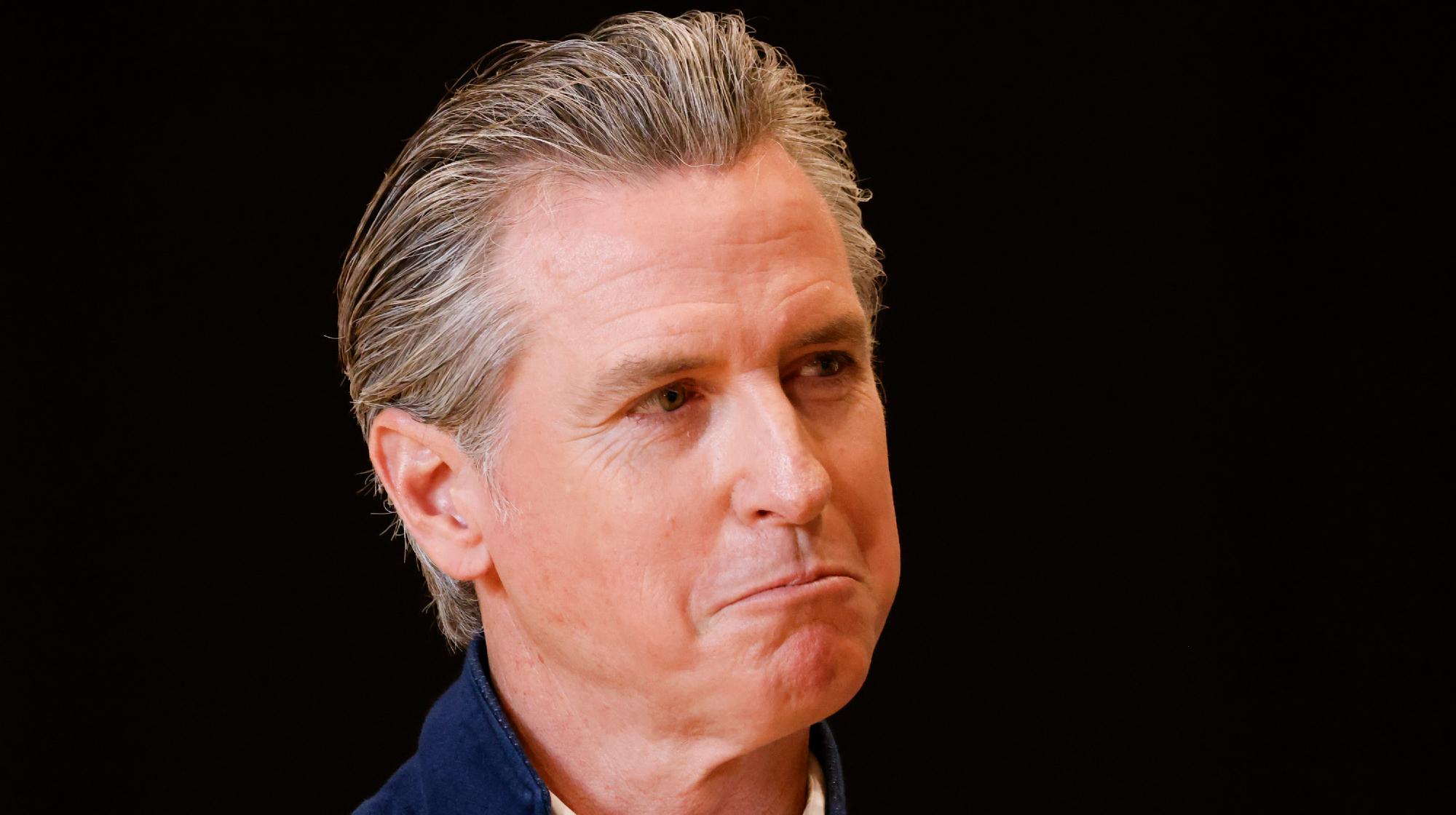 Gavin Newsom mulls California redistricting to counter Texas gerrymandering
Gavin Newsom mulls California redistricting to counter Texas gerrymanderingTALKING POINTS A controversial plan has become a major flashpoint among Democrats struggling for traction in the Trump era
-
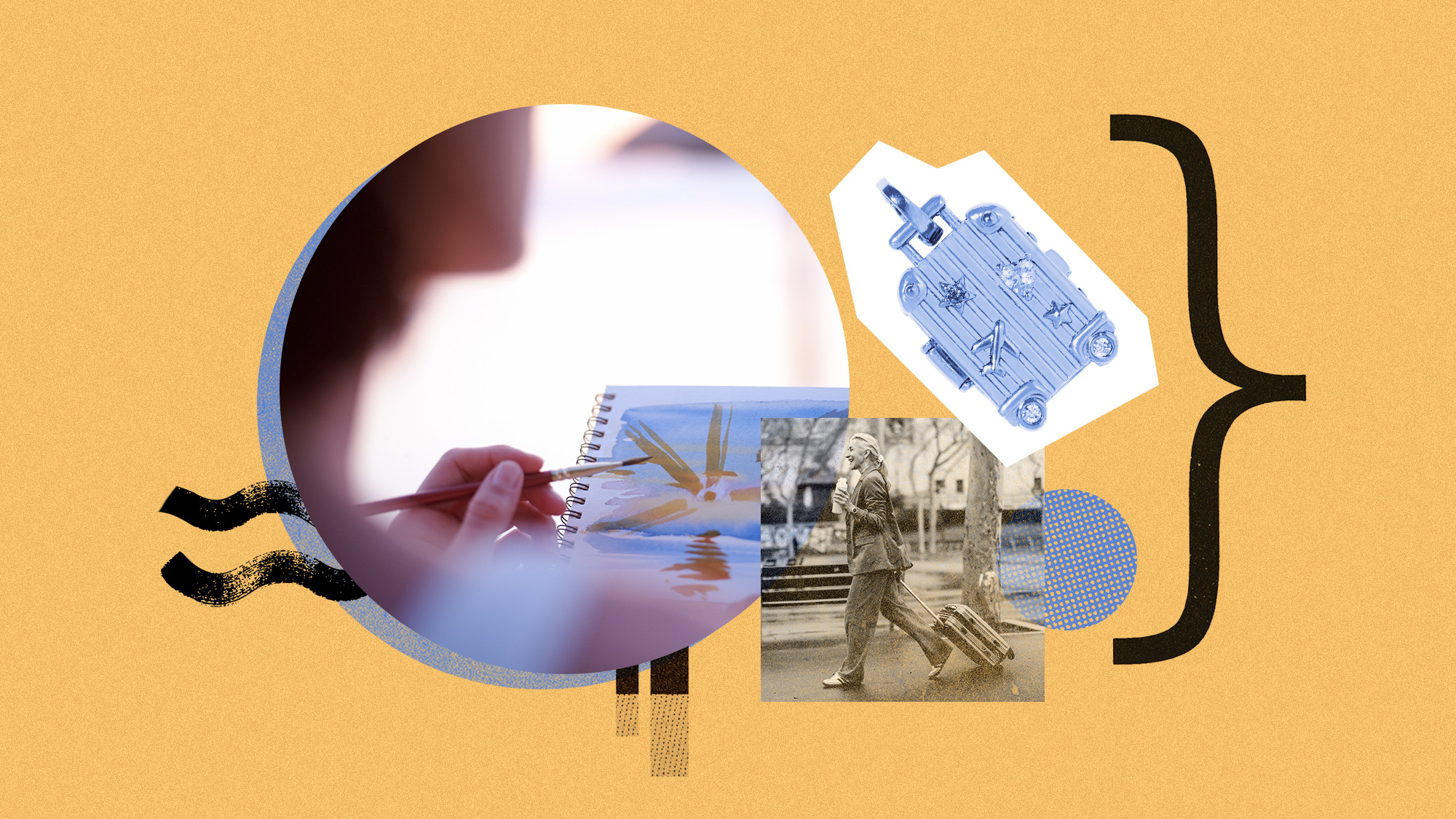 6 perfect gifts for travel lovers
6 perfect gifts for travel loversThe Week Recommends The best trip is the one that lives on and on
-
 How can you get the maximum Social Security retirement benefit?
How can you get the maximum Social Security retirement benefit?the explainer These steps can help boost the Social Security amount you receive
-
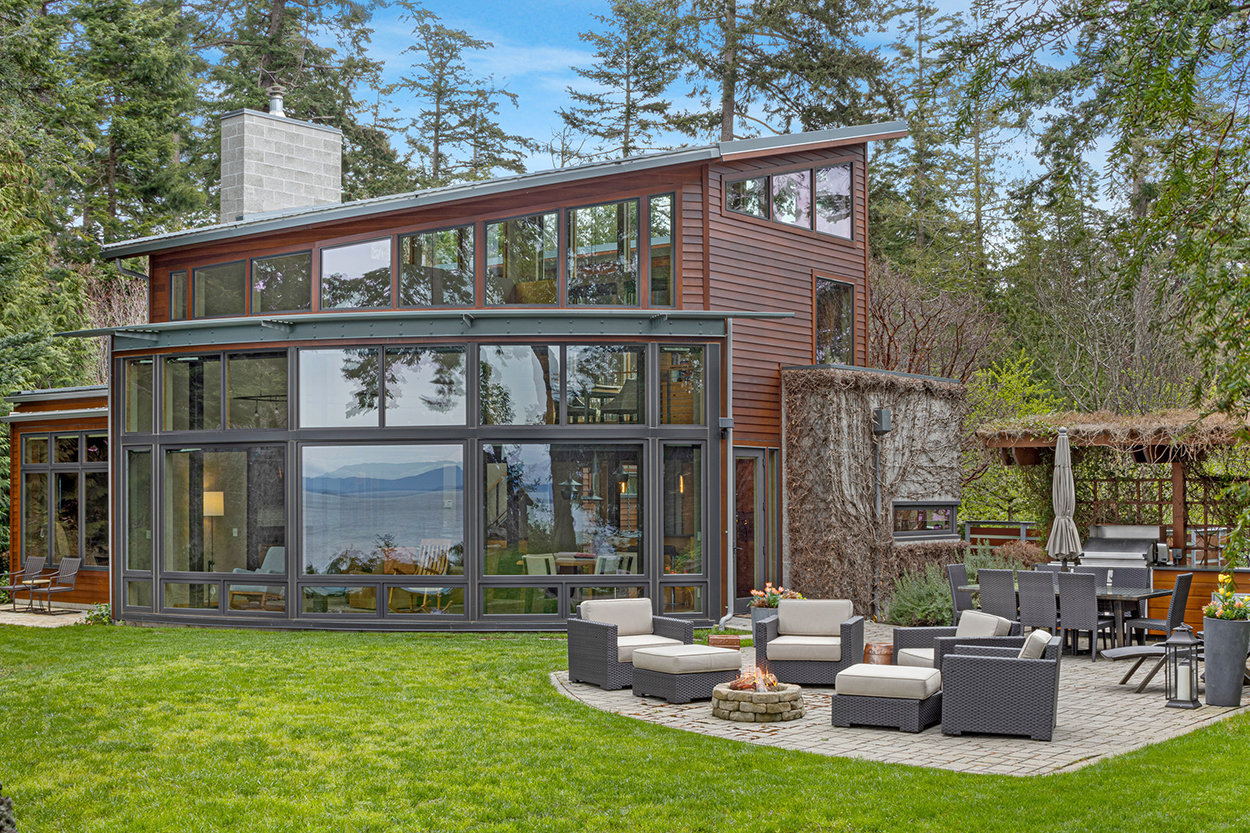 6 peaceful homes near small towns
6 peaceful homes near small townsFeature Featuring doors with local topographical maps in Oregon and a 1850s homestead-turned-house in Vermont
-
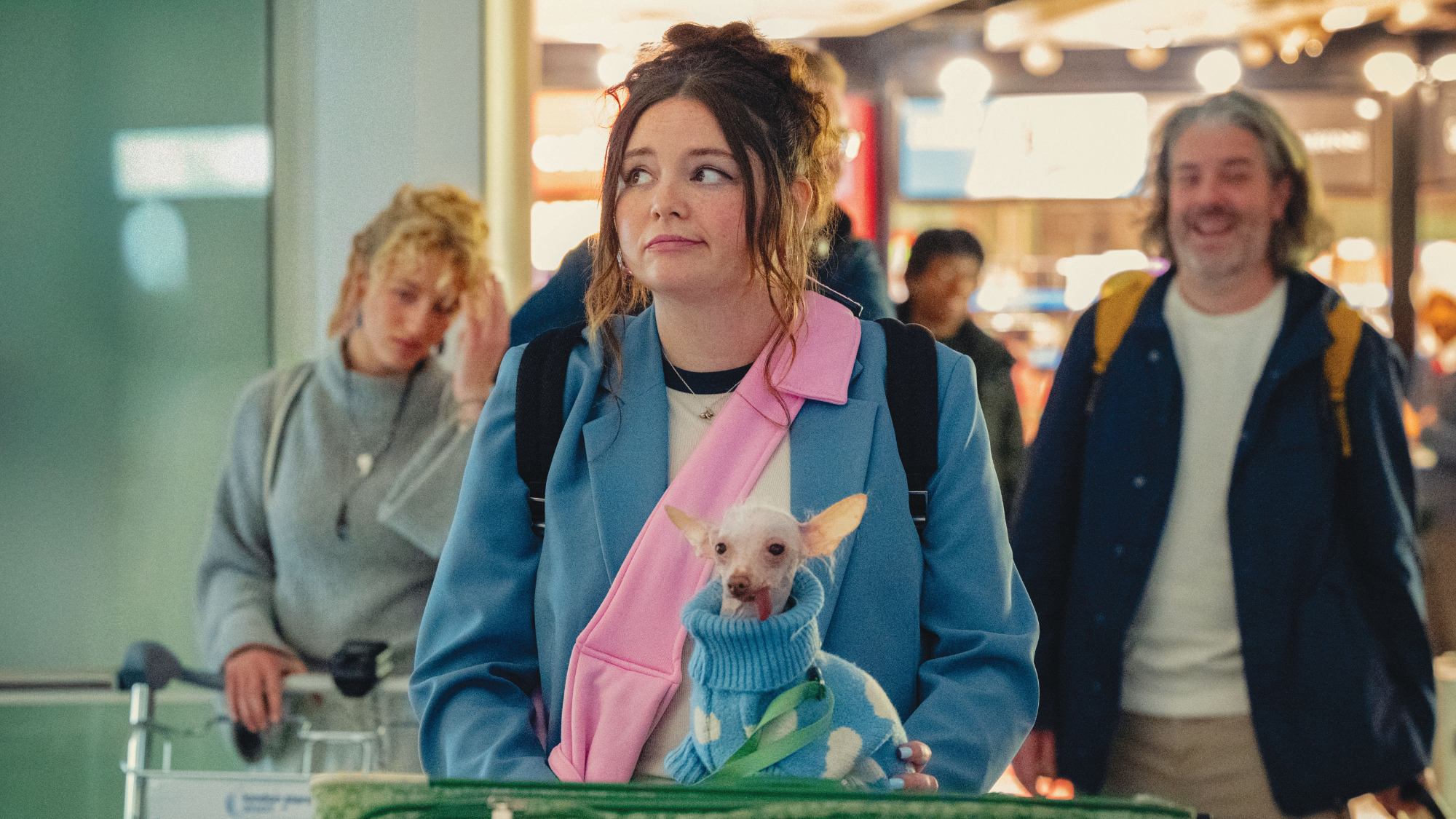 Too Much: London-set romantic comedy from Lena Dunham
Too Much: London-set romantic comedy from Lena DunhamThe Week Recommends Megan Stalter stars as a 'neurotic' New Yorker who falls in love with a Brit
-
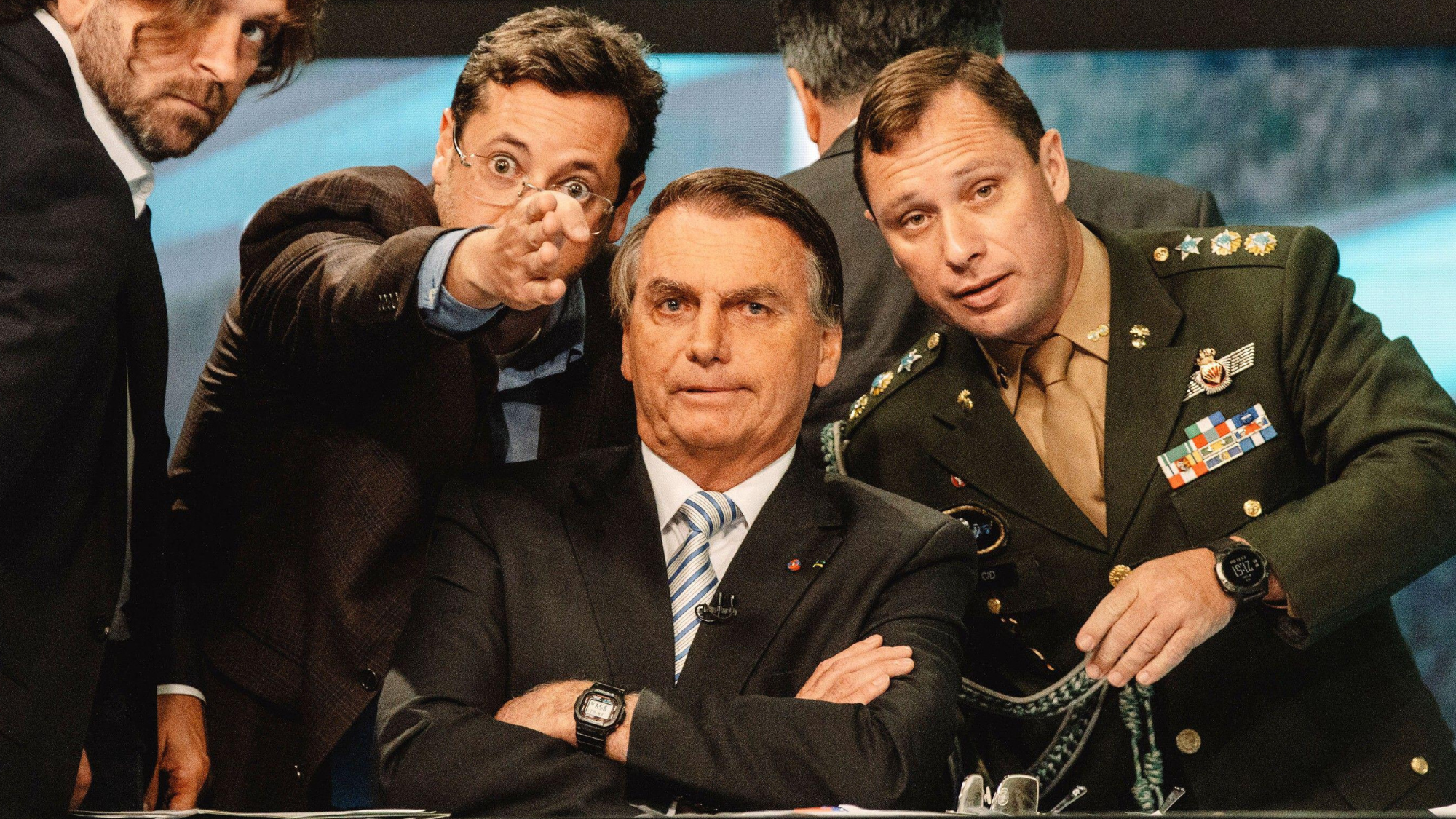 Apocalypse in the Tropics: a 'troubling' portrait of modern Brazil
Apocalypse in the Tropics: a 'troubling' portrait of modern BrazilThe Week Recommends Petra Costa's sobering documentary examines the rise of right-wing evangelical Christianity in Brazilian politics
-
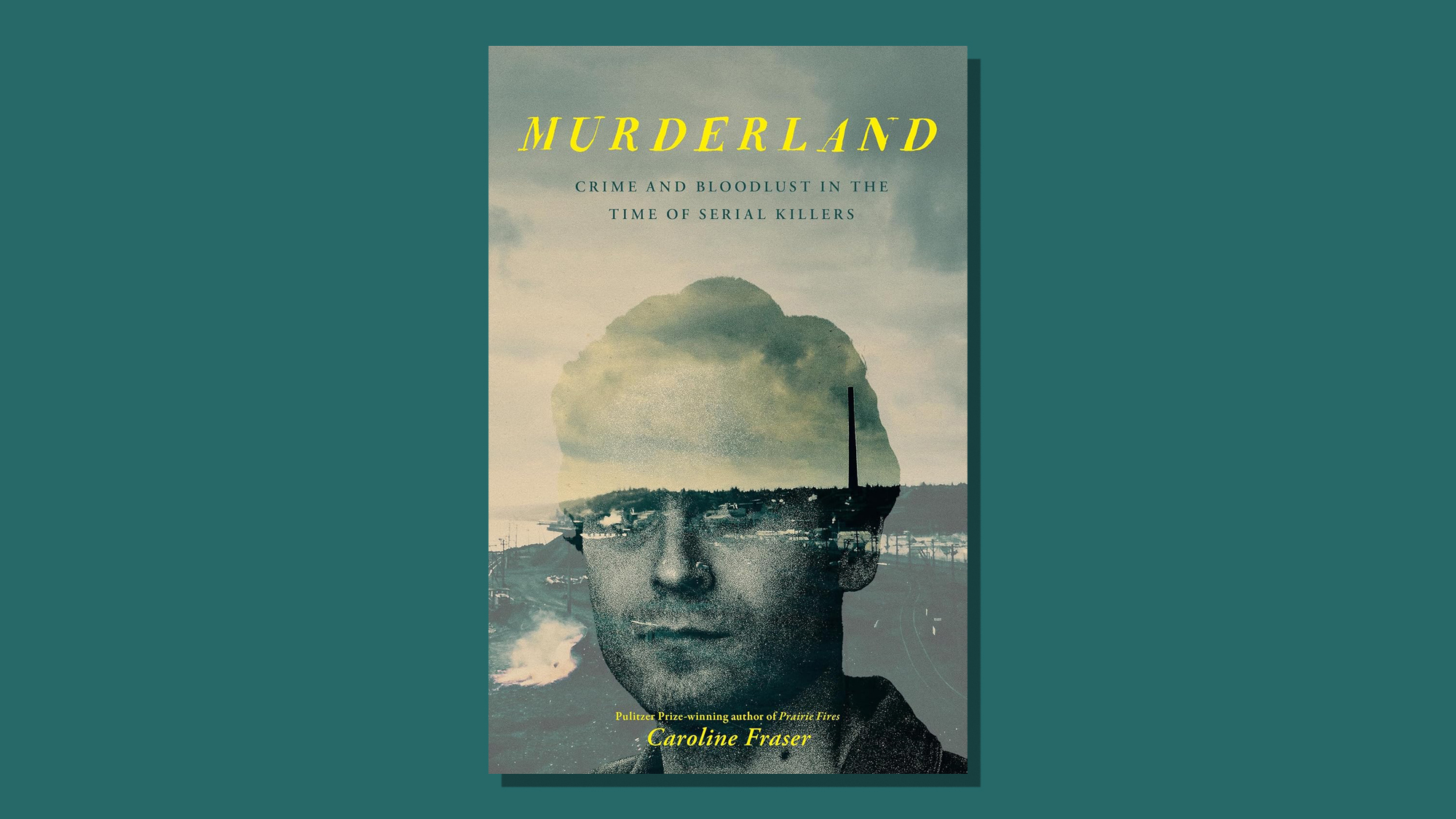 Murderland: a 'hauntingly compulsive' book
Murderland: a 'hauntingly compulsive' bookThe Week Recommends Caroline Fraser sets out a 'compelling theory' that toxins were to blame for the 1970s serial killer epidemic
-
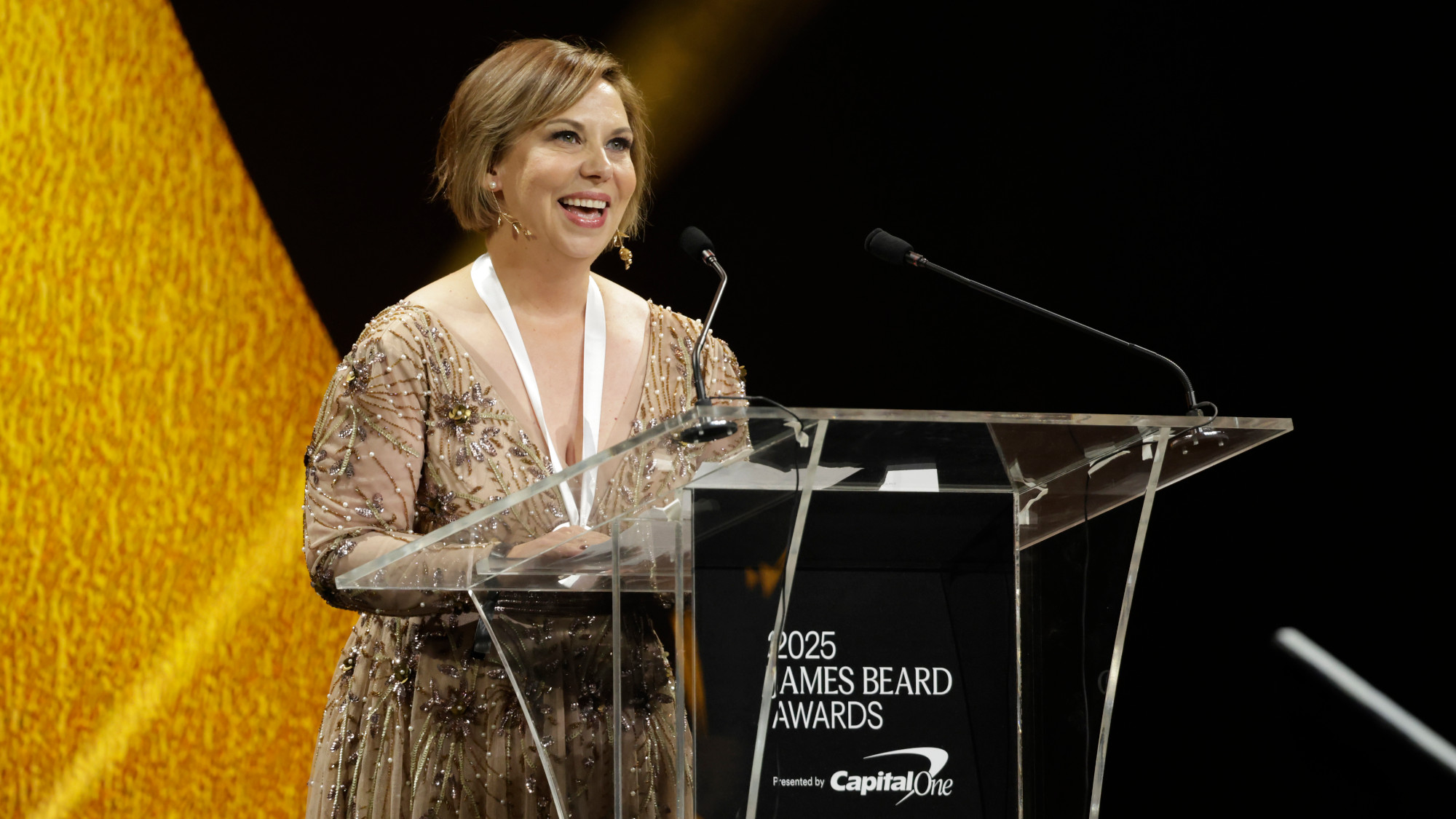 The 2025 James Beard Award winners
The 2025 James Beard Award winnersFeature Featuring a casually elegant restaurant, recipes nearly lost to war, and more
-
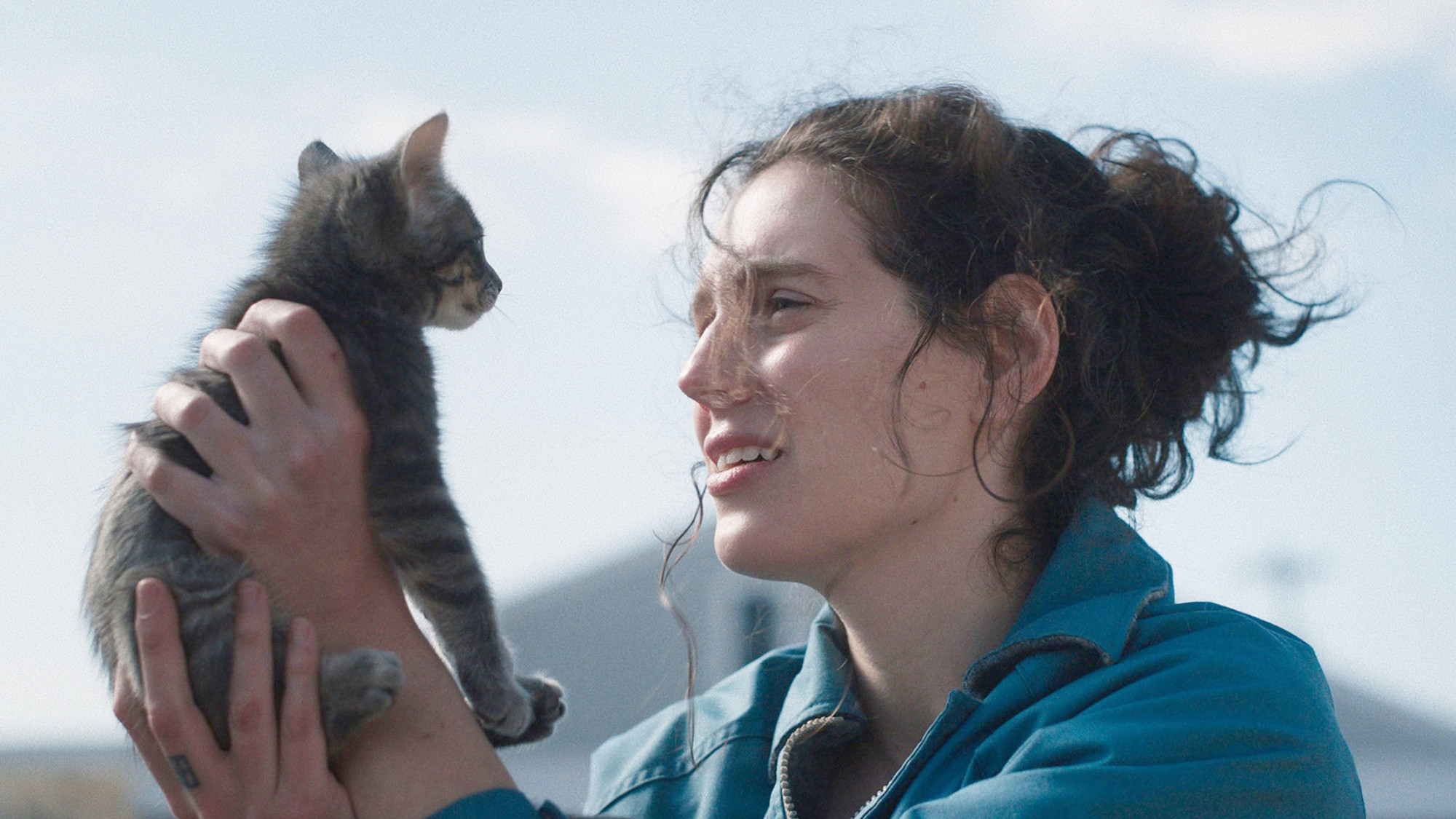 Film reviews: Superman and Sorry, Baby
Film reviews: Superman and Sorry, BabyFeature A hero returns, in surprising earnest, and a woman navigates life after a tragedy
-
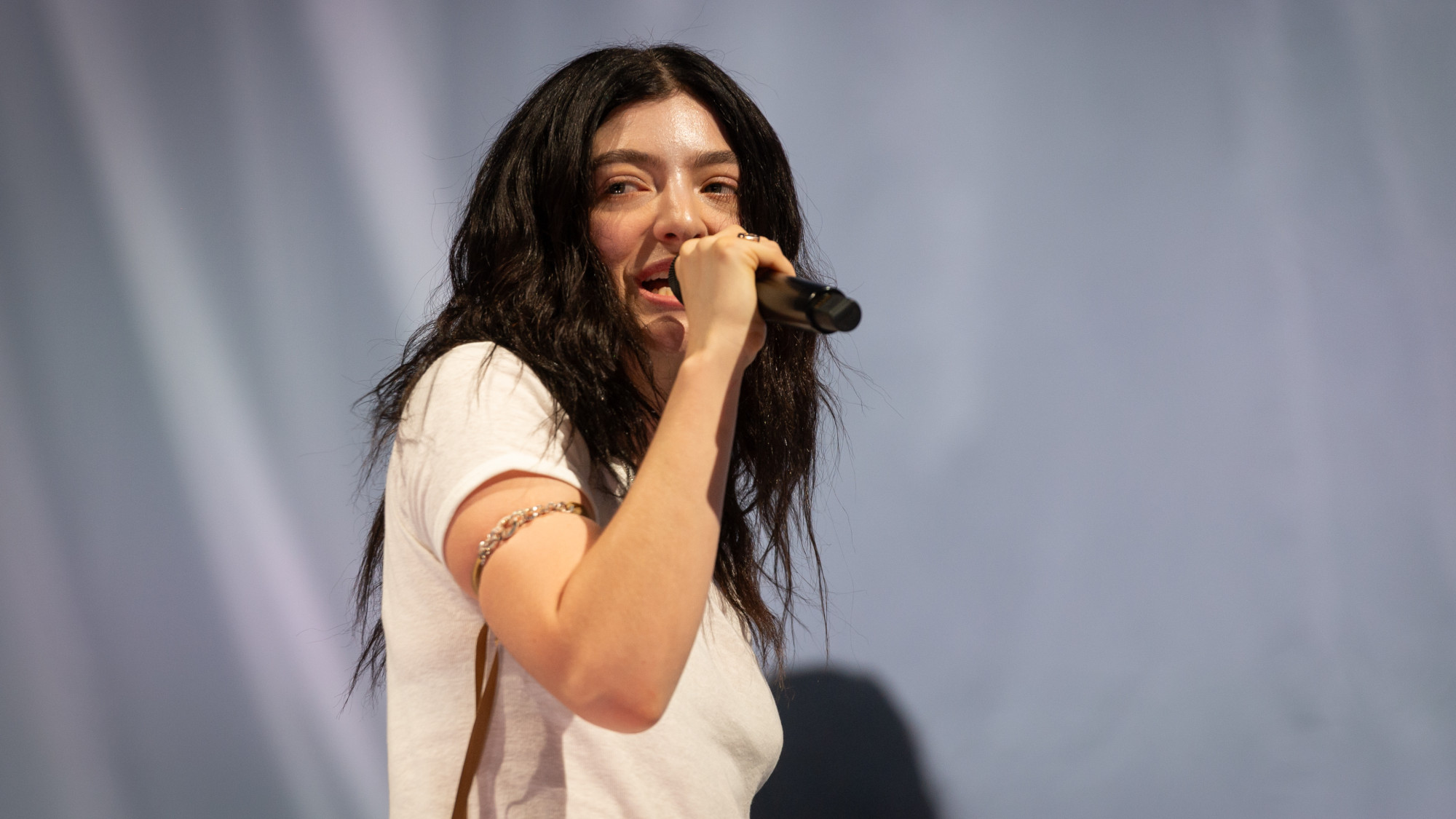 Music reviews: Lorde, Barbra Streisand, and Karol G
Music reviews: Lorde, Barbra Streisand, and Karol GFeature "Virgin," "The Secret of Life: Partners, Volume Two," and "Tropicoqueta"
-
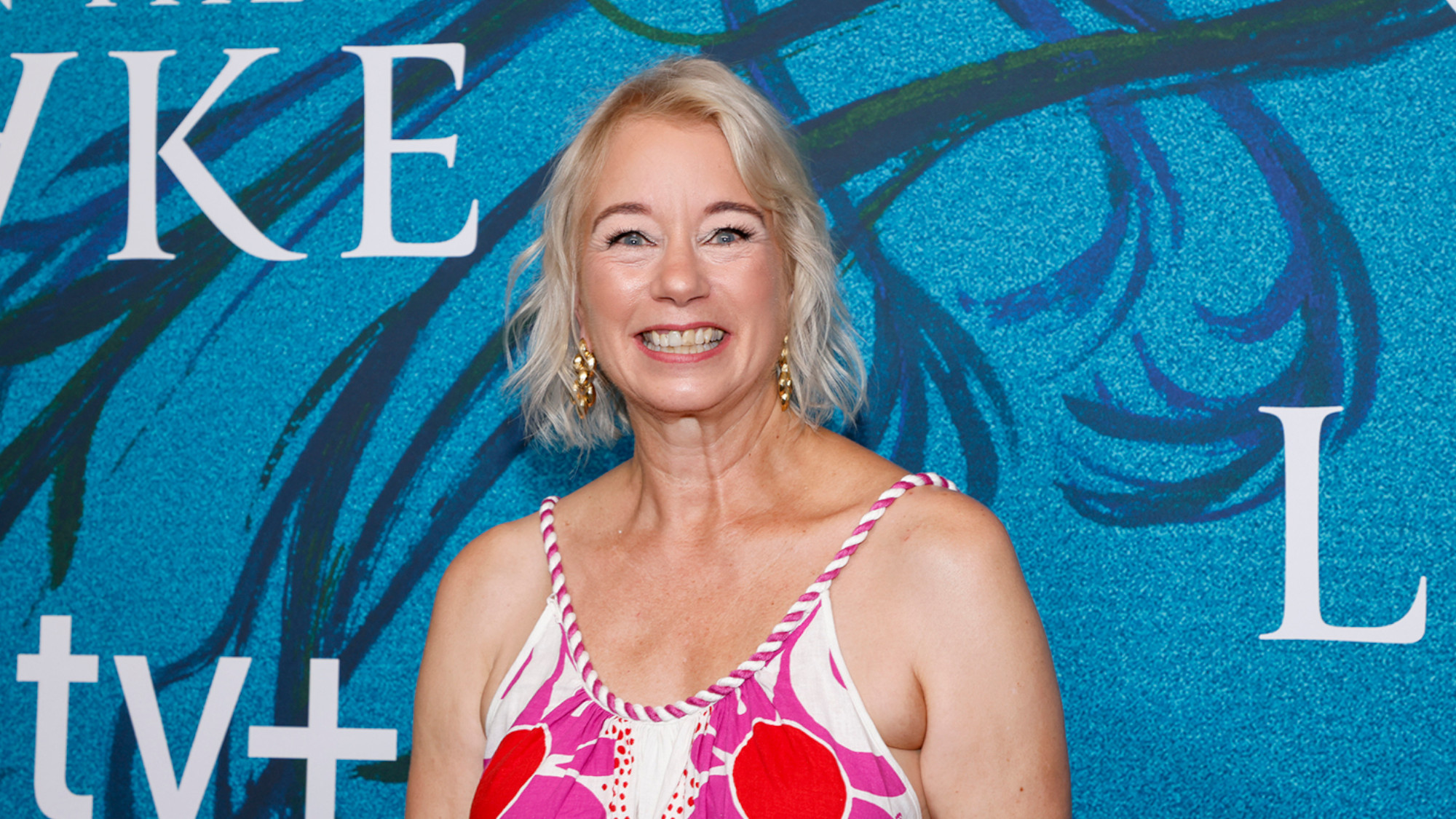 Laura Lippman's 6 favorite books for those who crave a high-stakes adventure
Laura Lippman's 6 favorite books for those who crave a high-stakes adventureFeature The Grand Master recommends works by E.L. Konigsburg, Charles Portis, and more